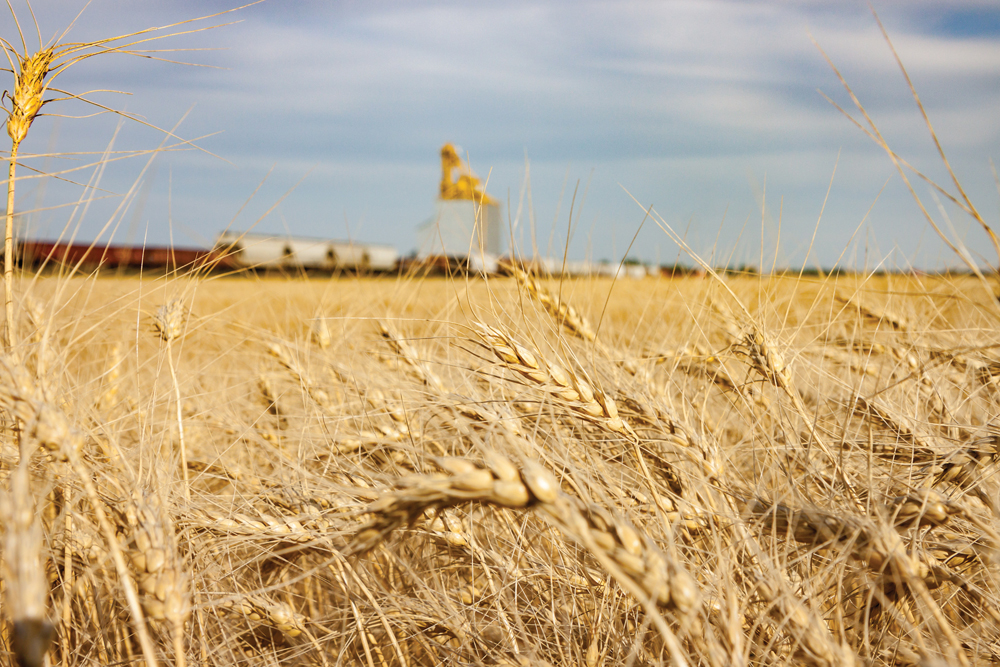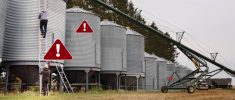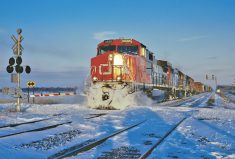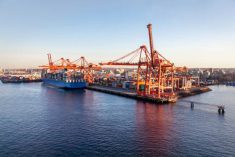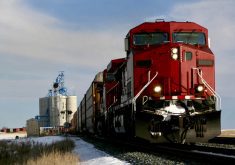A report released by the federal task force charged with fixing the recent supply chain crisis is getting mixed reviews from industry experts.
The final report of the National Supply Chain Task Force (see full report at bottom) draws upon recommendations and consultations with industry stakeholders in a strategy to avert a crisis like the one experienced over the past two years.
The head of a grain industry lobby organization says the report heeds some of the sector’s key concerns, which also affect farmers.
Read Also
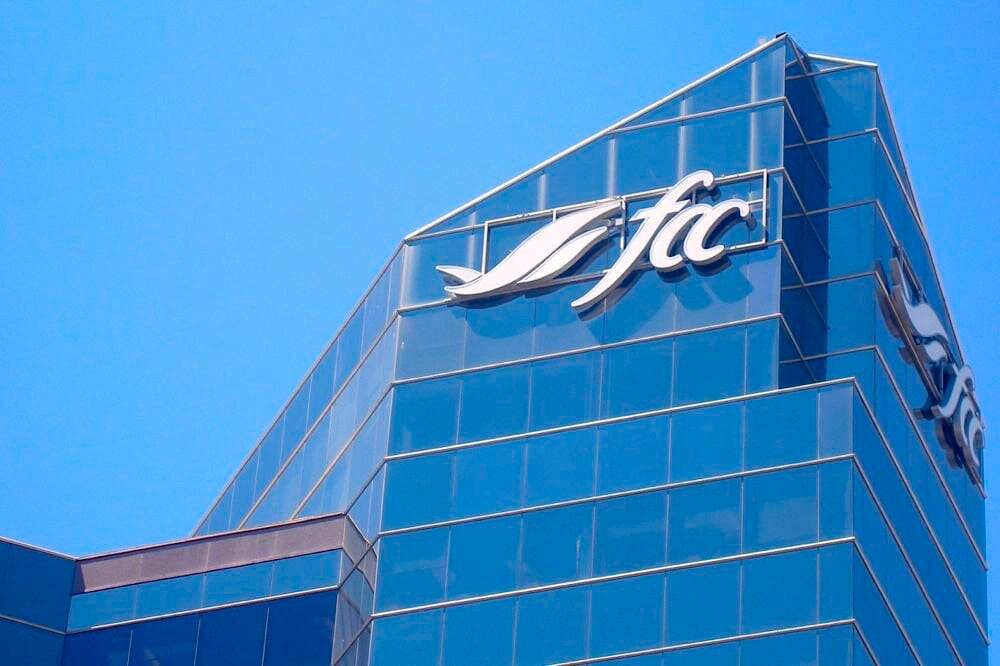
Boosting productivity could mean historic farm revenues
FCC report finds increasing productivity in the Canadian agriculture sector could mean $30 billion in farm revenue in the next decade
“I think it’s probably as good a report as we might have expected,” says Wade Sobkowich, executive director at the Western Grain Elevator Association (WGEA). “It frames the conversation in the right way.”
The WGEA was one of many industry organizations consulted by the task force in developing the report. It addressed several concerns that WGEA has long identified as problem areas in grain shipping.
While the report ticks a few boxes for the WGEA, criticism of the report suggests it tries to appease stakeholders and ignores the realities of how supply chains work.
[RELATED] Railways in the spotlight as grain shipping season begins
“It seems to be a series of wish lists by lobby groups in the guise of a national plan,” says Barry Prentice, professor of supply chain management at the Asper School of Business, University of Manitoba. “It seems to view supply chains as malleable and subject to correction by government oversight. That is impossible to achieve.”
According to Prentice, the answer is infrastructure, not regulatory change.
“If the government wants to actually make things move more smoothly, then remove the bottlenecks and pinch points,” he says. “A couple of those are government-owned bridges that the railways use in Vancouver, which are real congestion points.”
Better flood infrastructure in the Fraser Valley might have saved rail lines from being washed out during the November 2021 floods in B.C. but little is said in the report about building new infrastructure.
Competition
Sobkowich points to expansion of the 30-kilometre inter-switch distance for railways as a key recommendation in the report. It says the distance should be increased, though it doesn’t say by how much.
“That’s critical to enhance competitive access for grain shippers,” says Sobkowich, who would like to see the distance raised to 1,200 km. “Essentially, if you can inter-switch between two railways, you’re turning a monopoly into a duopoly, so that makes it more competitive. It’s not perfect, because you’re still dealing with the duopoly situation, but at least it’s not a monopoly situation.”
Sobkowich says another important recommendation in the report is to enhance the investigative and dispute resolution authority of the Canadian Transportation Agency (CTA). The recommendation suggests removing the requirement for ministerial approval of investigations, which would improve the CTA’s ability to address systemic issues and allow collection and analysis of transportation data.
Empowering the CTA to collect and use key performance metrics will help make the railways accountable, said Sobkowich.
“For us, order fulfilment is really the key metric,” he says. It amounts to keeping tabs on how well the railways are fulfilling orders every week.
Sobkowich was also pleased to see a recommendation to prohibit parties from contracting out of the provisions of the Canada Transportation Act. Railways will sometimes require shippers to waive their right to seek dispute resolution remedies available to them under the Act and the rail monopoly means shippers have no option but to agree.
Sobkowich says he agrees with the document’s recommendation for better resolution mechanisms to address disputes between port authorities and their tenants.
Difficult problem
Beyond improving infrastructure, Prentice says there aren’t many regulatory solutions that could insulate the country from a crisis like it experienced during the pandemic.
“Part of the reason that we felt the impact so strongly was that industry has used information to replace inventory,” says Prentice. “We have just-in-time type systems, where you try to minimize the amount of inventory. Nobody wants to hold inventory. It’s just a cost.”
Lean inventories are fine until something goes wrong, he said. Then there’s no buffer.
That “just-in-time” strategy is also largely the source of grain shippers’ gripes with rail companies. When the grain shippers push back, they’re essentially told to get in line, says Prentice.
“The railways are fond of telling their shippers, ‘we’re not a taxi, we’re a bus, and you have to share the railway with all the other shippers.’”
From the WGEA’s perspective, the task force was not necessarily about avoiding a crisis in a future global emergency.
“I’m not sure if it stemmed from COVID, or if it was just that COVID really amplified some of the supply chain issues and the importance of a functioning supply chain,” says Sobkowich.
For the WGEA, uncertainty and lack of accountability from the rail providers remains the issue, and while that may not be central to big-picture supply chain issues, it says the only solution is enforced regulation.
“What we want is for the rail freight market to behave as though it’s a competitive marketplace,” says Sobkowich. “And we want each link in the supply chain to be accountable to the parties on either side of it. We believe these recommendations will enhance some of the accountability.”
Despite being pleased with the direction of the report, Sobkowich tempers his enthusiasm.
“Like always, when you see a report like this, the question is, what is the government going to do with it and what is their implementation plan going to look like?”


